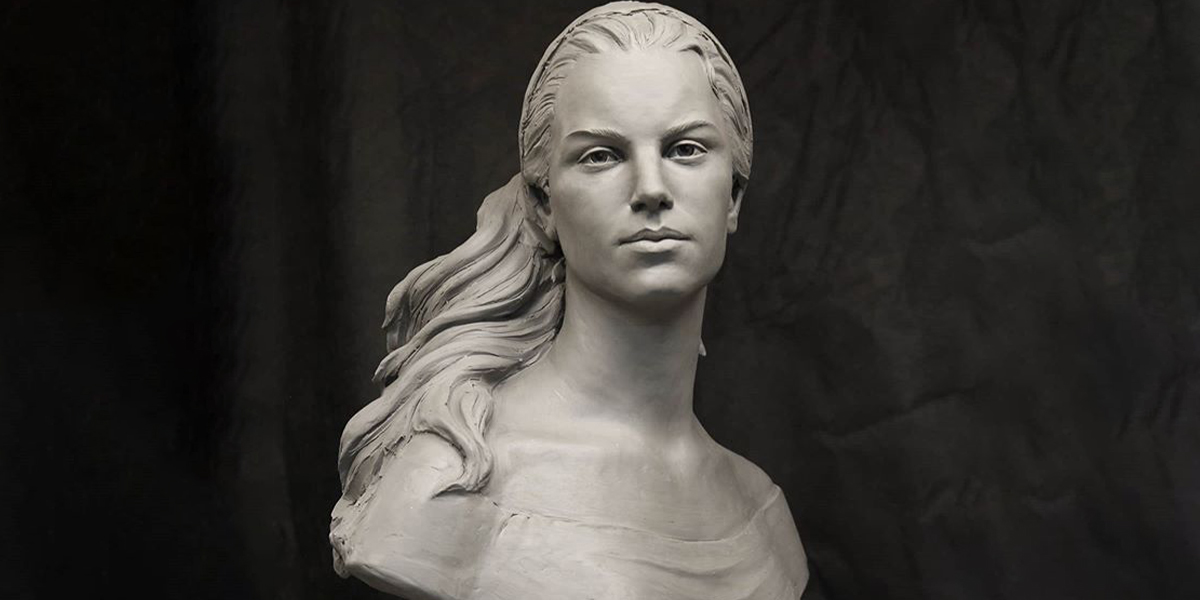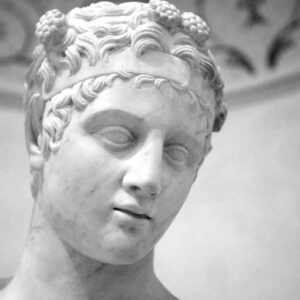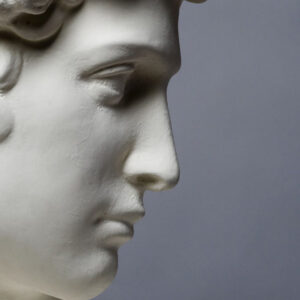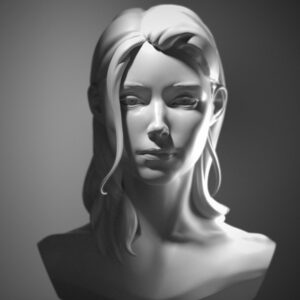
What is Deviation Surgery?
Deviation Surgery – Septoplasty : Septum deviation, also known as nasal curvature, is a condition in which the cartilage and bone structure called nasal septum, which separates the left and right nostrils in the nose, shifts off-center. This condition may be congenital in some people, or it may sometimes develop as a result of an injury or other factors.
Mild septum deviations are usually not noticed by people and do not cause any health problems. However, as the curvature increases, some people may become aesthetically uncomfortable. More importantly, excessive deviation of the septum can lead to breathing problems, nasal congestion, headaches, and even sleep problems.
In cases of septum deviation that requires treatment, surgical intervention is usually recommended. This procedure is known as septoplasty and is performed to correct the crooked septum. By correcting the curvature, the surgical procedure can both improve the aesthetic appearance and eliminate respiratory problems.
What are the symptoms of deviation?
Nasal septum deviation, curvature of the cartilage and bone structure inside the nose, may not be noticed in most people and may not cause any symptoms. However, when this curvature reaches a serious level, some symptoms may occur. These symptoms may include:
- Excessive curvature of the septum can cause blockage of one or both nostrils, causing breathing difficulties.
- Nasal congestion can lead to noisy breathing and snoring, which can be uncomfortable for both the person and their sleeping partner.
- A crooked septum can cause the lining of the nose to dry out, which can lead to nosebleeds.
- The curvature can cause drainage to not work properly, which can lead to recurrent sinus infections.
- Some people may develop the habit of sleeping turned to a certain side due to blockage.
- Septum deviation may also cause irregular discharge from the nose.
- This curvature may cause the sinuses to not function properly, causing pain in the face and head.
- The breathing problems mentioned above can cause poor sleep quality.
What Causes Deviation?
Septum deviation is a condition in which the cartilage and bone structure in the nose, called the nasal septum, shifts from the center and curves to the right or left. While this condition is congenital in some people, in others it may occur as a result of an injury, fall or impact that occurred during or after childhood. Additionally, nasal trauma, sports-related injuries or accidents can also cause septum deviation.
Treatment of septum deviation varies depending on the symptoms that occur and their severity. The following methods can be used to treat this condition:
- In certain cases, over-the-counter nasal sprays can relieve symptoms.
- If there are symptoms caused by allergies, antihistamines can reduce these symptoms.
- In severe cases of septum deviation, surgical correction may be required. Septoplasty is a surgical procedure performed to correct the septum.
- If there are aesthetic concerns, septoplasty and Rhinoplasty can also be performed along with it. This can correct both functional and aesthetic problems simultaneously.
What Happens If Deviation Is Not Treated?
Septum deviation, also known as nasal curvature, can lead to various health problems if left untreated. These problems can range from simple discomforts to serious health problems. Here are the possible effects of untreated septal deviation:
- Nasal curvature can cause one or both nostrils to become blocked, leading to breathing difficulties.
- Breathing difficulties can affect sleep quality and lead to uncomfortable interruptions in sleep.
- Nasal congestion can cause snoring and, in some cases, lead to sleep apnea, a more serious condition.
- Inadequate nasal breathing leads to mouth breathing, which can cause the throat to become dry and inflamed.
- Septum deviation can dry out the sensitive tissues in the nose and cause nosebleeds.
- Inadequate breathing can cause not enough oxygen to reach the body, which can negatively affect overall health.
- The curvature can prevent proper drainage of the sinuses, which can lead to recurrent sinus infections.
- A severe curvature can also lead to aesthetic concerns, which can affect a person’s self-confidence.
How is Deviation Surgery Performed?
Deviation surgery, or septoplasty , is a surgical intervention to correct the curvature of the nasal septum. This surgery follows a specific plan and procedure:
Diagnosis and Evaluation: A specialist doctor examines the patient’s septum structure and determines the disorders. At this stage, technologies such as intranasal cameras and radiographic imaging can be used. These examinations help the doctor understand the location and severity of the curvature.
Anesthesia: Before surgery, general anesthesia is generally preferred for the comfort of the patient, but in some cases local anesthesia can also be used.
Surgical Intervention: The surgical process begins by making a small incision in the lower part of the nose. This allows the surgeon to reach the deviated septum. Then, the curvature is corrected and excess or damaged tissues are removed.
Stitches and Stabilization: When the intervention is completed, the cut area is closed with stitches. Self-dissolving stitches are often used, which eliminates the need for stitches to be removed. If necessary, tampons can be placed inside the nose to support the healing process.
Healing Process: The post-operative recovery process usually takes a few weeks. Slight swelling and bruising may occur in the first few days. The doctor will give the patient special care instructions, which usually include avoiding certain activities, protecting the face, and using appropriate medications.
Final Checks: As part of the recovery process, the doctor will regularly evaluate the patient’s condition. This is important to evaluate the success of the surgery and detect possible complications early.
Things to Consider After Deviation Surgery
septoplasty , that is, deviation surgery, the patient’s recovery process is very important. Some key points to consider in this process may be:
- After surgery, adequate rest is required for the body to repair itself. It is recommended that patients rest for a few days before returning to normal life.
- Painkillers, antibiotics or other medications prescribed by the doctor should be taken strictly according to the doctor’s instructions.
- Nasal humidifiers or saline solutions can help keep the nasal passages moist. Additionally, it may be necessary to blow gently rather than blow hard to clear the nose.
- It is important to avoid blows to the face and especially the nose area to avoid damaging the healing process.
- Activities such as heavy lifting, intense exercise and sports should be avoided for the first few weeks after surgery. This can help prevent damage to the surgical field.
- Soft and easily swallowable foods may be preferred in the first days after surgery.
- Regular doctor check-ups throughout the recovery process are important to make sure everything is okay.
- Sleeping on a high pillow can help reduce swelling.
Following these steps after septoplasty can help speed up the healing process and increase the success of the surgery. Since each patient’s situation is unique, the doctor’s specific recommendations must also be taken into account to achieve the best results. You can contact us to get detailed information .





 Turkish
Turkish Français
Français Deutsch
Deutsch